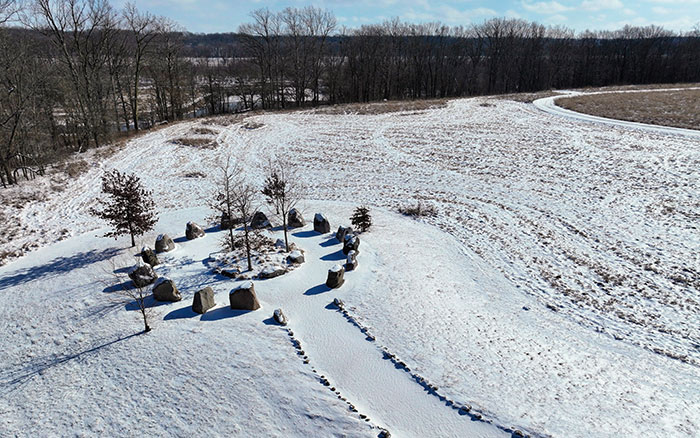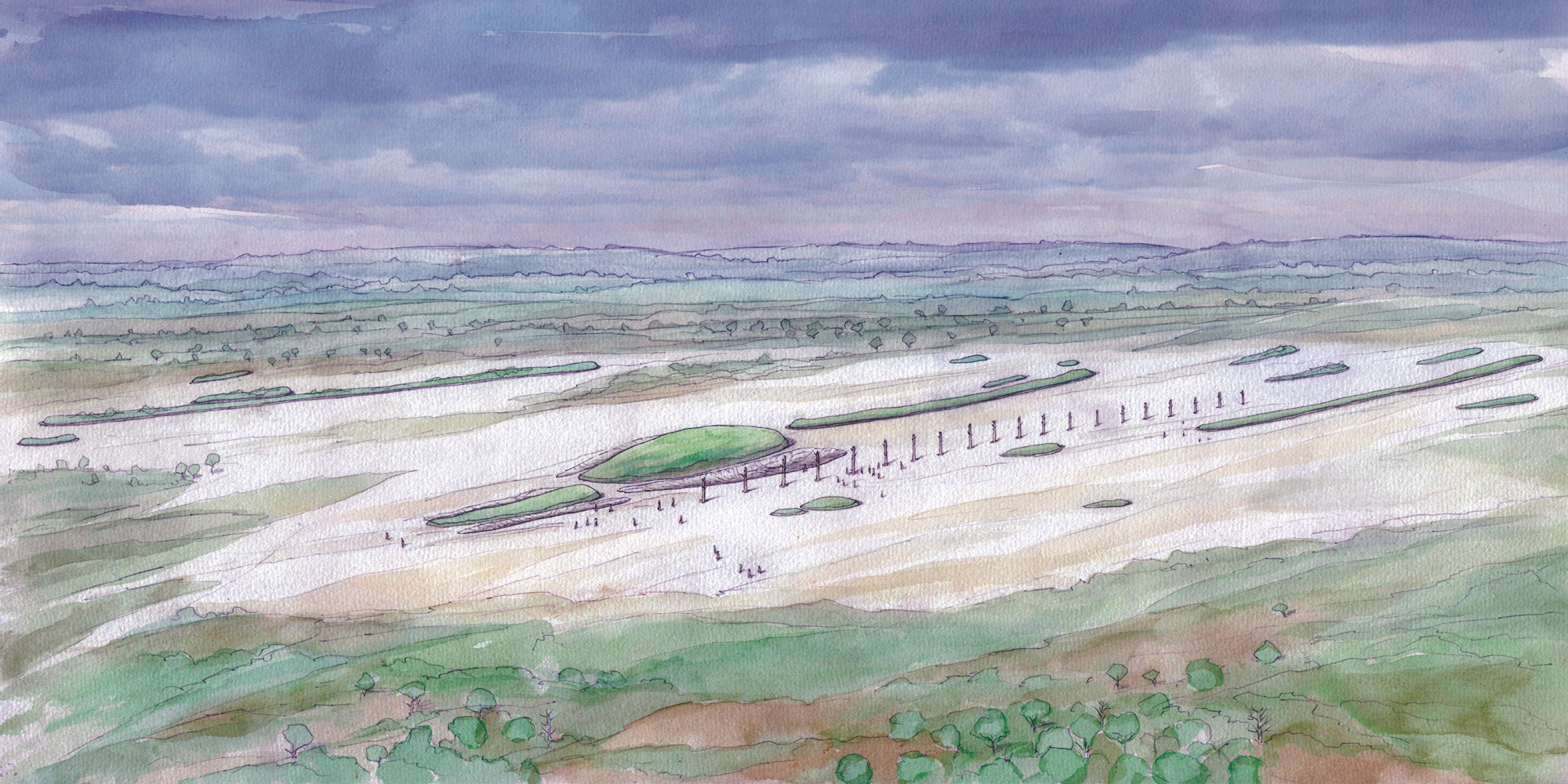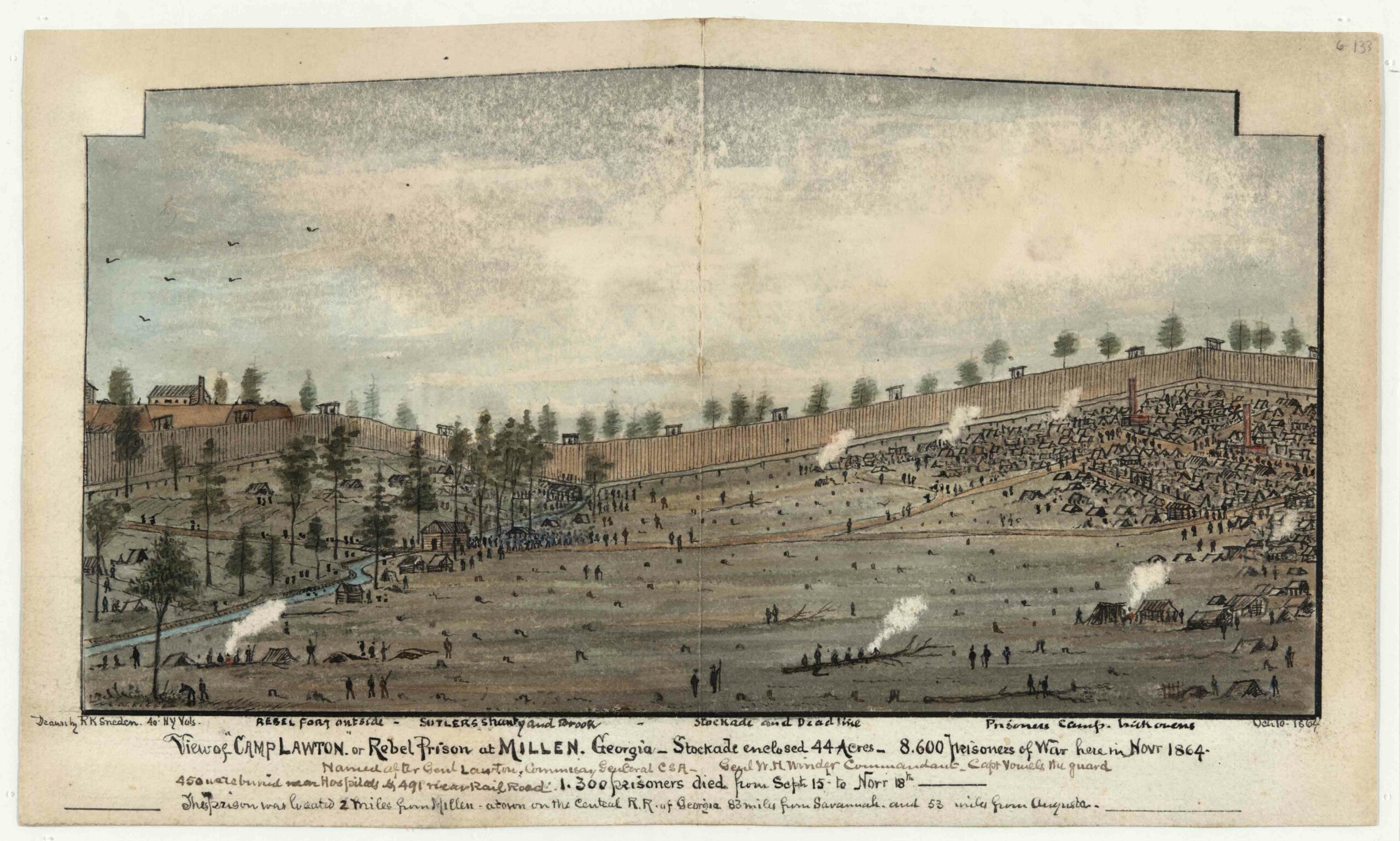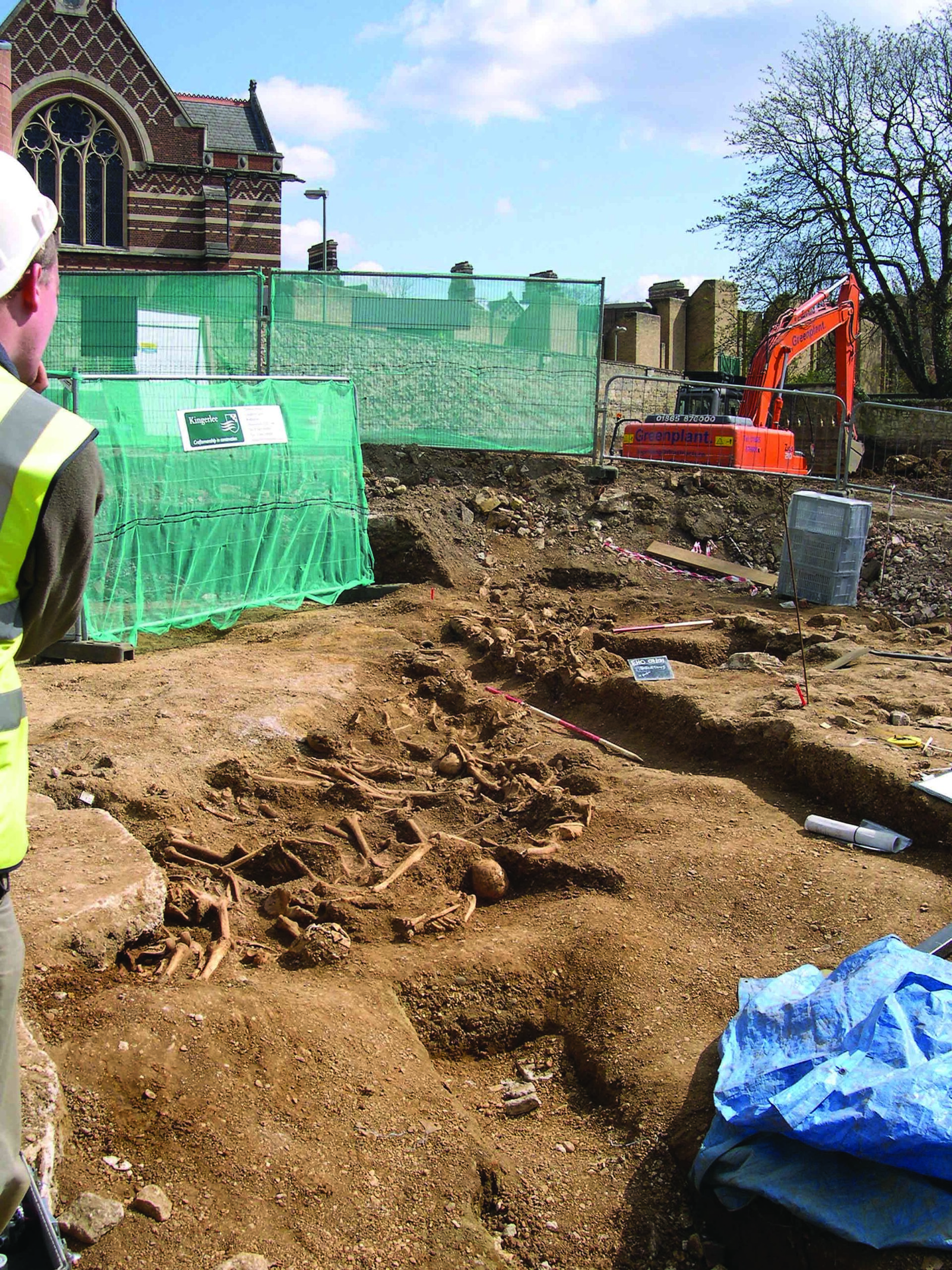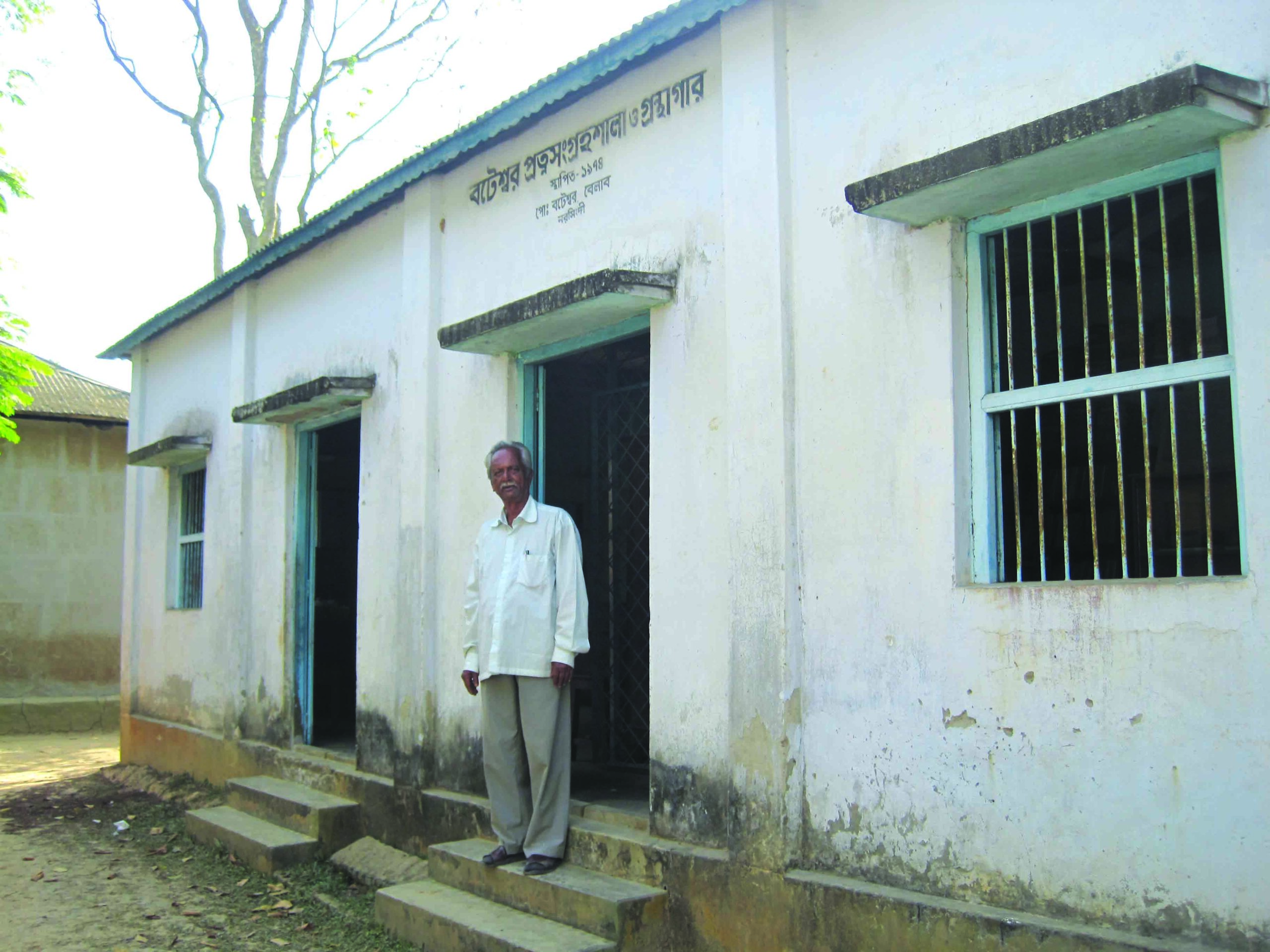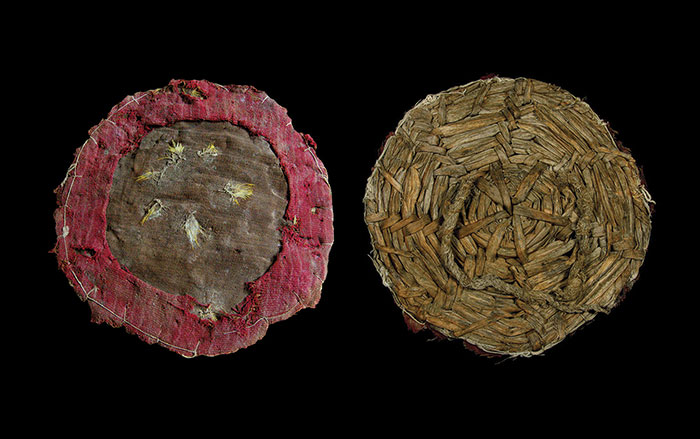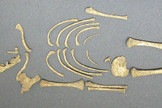
HAMBLEDEN, ENGLAND—Simon Mays of English Heritage continues to analyze the bones of Roman infants discovered near the site of Yewden Villa, which were first excavated in 1912. Mays and archaeologist Jill Eyers suggested two years ago that the babies had been killed at birth, based upon measurements of their arms and legs that indicated they were all newborns at the time of death. Now, DNA analysis suggests that boys had not been spared at the expense of girls. The researchers were able to obtain DNA from 12 of the 33 individuals. Of those, seven were female and five were male, a relatively even ration, according to Mays. And, none of the babies had shared a mother, making it unlikely that the burial site was used by prostitutes. “Very often, societies have preferred male offspring, so when they practice infanticide, it tends to be the male babies that are kept, and the female babies that are killed,” he explained.


